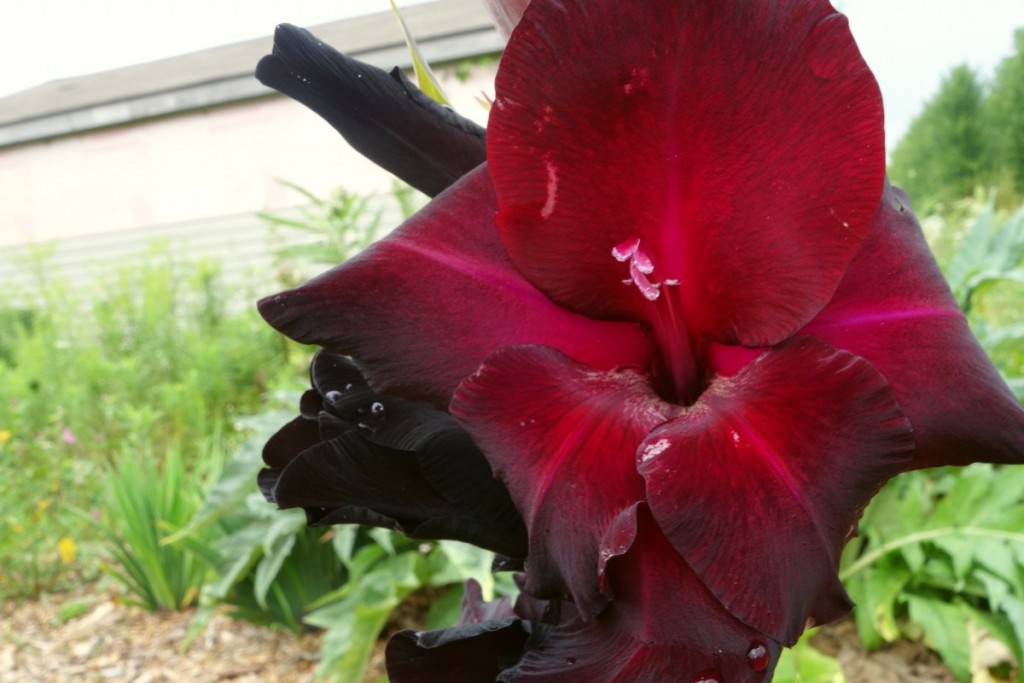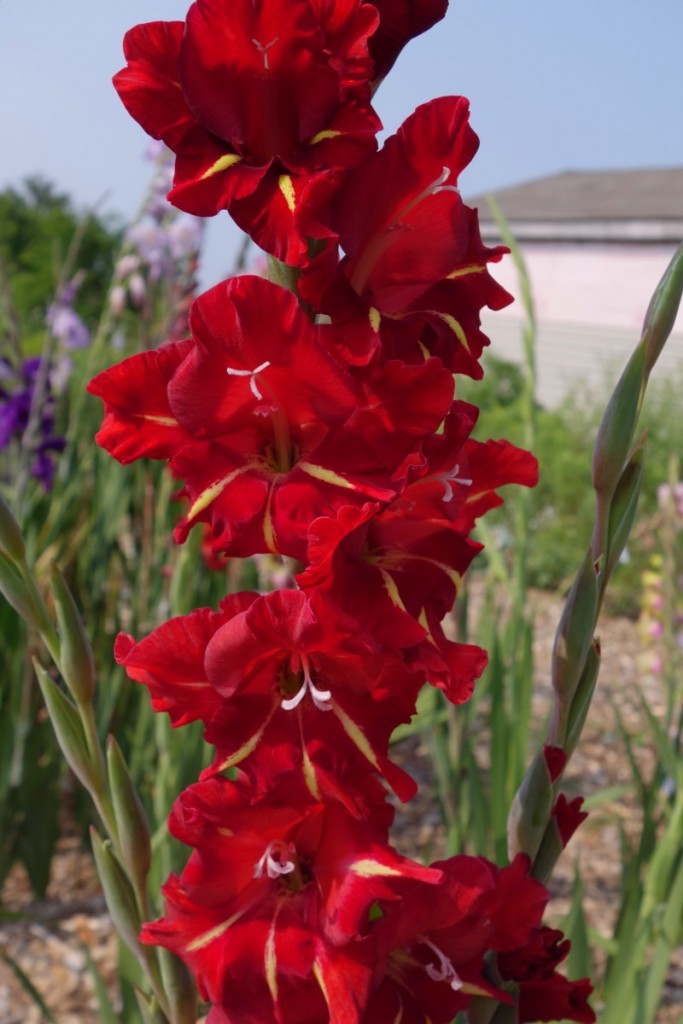Sometimes where you shop matters, because if you buy plants at the wrong place you run the risk of importing new problems into your garden. Those cheap plants you grab on a whim sometimes are far more trouble than they are worth.
I learned (or relearned…) this the hard way last year when I grabbed a bag of super cheap gladiolus corms at a box store. They were cheap, and pretty… and infested with gladiolus thrips.

At first, they just caused a few small white marks and discolorations on my flowers, but by the end of the season the population was so high that almost every bloom was totally deformed and ugly.
The solution? Getting all my corms this year from a specialty grower who sends high quality corms which have been properly treated with cold temperatures to kill all the thrips. This particular thrips can’t survive my cold Michigan winters, so by buying clean stock this year my garden is totally gladiolus thrips free.
As an added bonus… the specialty growers have MUCH cooler varieties. Like this Gladiolus ‘Huron Mask’ which has become one of my all-time favorites.

So true. When a friend complained that the “pink” daffodils purchased from a big box store were not as described, we had a discussion about supporting specialty growers when a specific product is desired.
I know this article is 4 years old. It’s still very relevant in 2019. I usually buy from a reputable family-owned nursery for live plants, a reputable seed e-commerce, and reputable specialty bulb grower. But, I still managed to grab a (cheap) annuals container while shoping for a new pair of gardening gloves. In it was a petunia infected with Potato Mosaic Virus. Only noticed it after transplanting to a larger pot, and touching a bunch of plants, tools, seedlings, etc. Cue 3 full vacation days quarantining, sanitizing, burning, inspecting, and worrying. Never again!